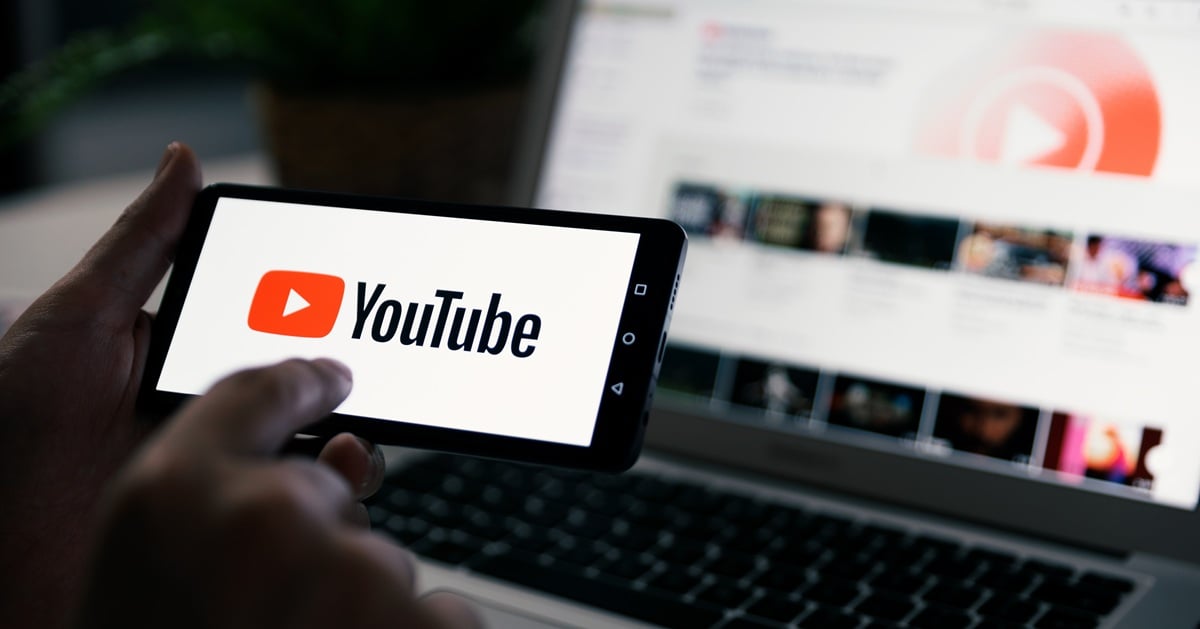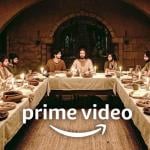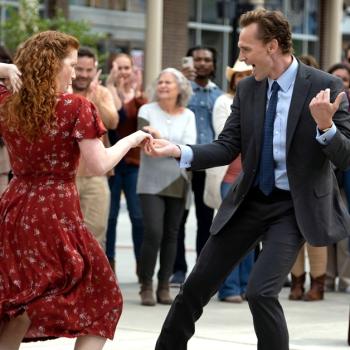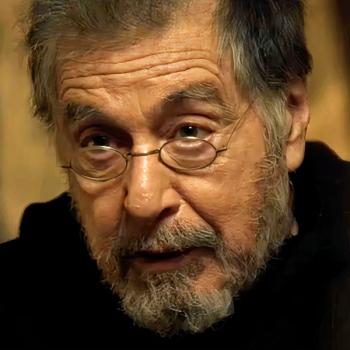Every morning, when I flick on my TV and fire up the Roku, my first stop is YouTube. Gotta check for news clips, fresh material from my subscriptions, and whatever the algorithm has dished up for me.
I’ll still watch the occasional YouTube video on my phone or laptop, but mostly, I watch on my TV. Come primetime, I’m back there more often than not, looking for documentaries, show-jumping competitions, NFL commentary, and long-form podcasts.
Always said I’d watch more YouTube if I could see it easily on my TV, with a big screen and good sound. First did that with a Chromecast, then a Roku … and YouTube became just another TV channel.
Turns out I’m not alone.
YouTube Is All Grown Up Now
Founded by three former PayPal employees, YouTube opened in beta in May 2005, and to the public at large on Dec. 15 of that year. So, YouTube is 20 years old, and it’s gone from a collection of random bits and pieces to an entertainment powerhouse that rivals any other streaming service.
And that includes those who watch it on a TV, as highlighted in recent studies that got a lot of news attention.
From BBC.com:
I recently saw a statistic that surprised me: in February of 2025, Americans used their television sets to watch YouTube more than anything else. More than Disney. More than HBO. Even more than Netflix.
I often think of YouTube as a service for young people – specifically, young people using their phones. But that’s all changing. A recent report by research firm Moffett Nathanson projects that by the end of this year, YouTube’s revenue will eclipse that of the entire Walt Disney Company (movies, theme parks and all). That report put it bluntly, dubbing YouTube the “king of all media”.
And, from NewscastStudio.com:
According to Hub Entertainment Research’s annual “Video Redefined” survey, viewers aged 13-24 spend 21% of their entertainment time watching non-premium online videos, compared to just 16% devoted to traditional TV shows. …
While phones remain the most popular screen for short-form video, nearly 25% of such content is now consumed on TV sets. This shift illustrates the growing integration of platforms like YouTube into the living room, further blurring the lines between social video and traditional television.
These consumption trends explain why YouTube recently became the first streaming platform to capture over 10% of total viewing time on Nielsen’s Gauge report. However, they also emphasize the need for studios and networks to embrace social video not just as a competitor but as a complement to traditional programming.
And, from YouTube’s own blog:
This year marks YouTube’s 20th birthday. In two decades, YouTube has transformed culture through video and built a thriving creative economy. Today’s creators have moved from filming grainy videos of themselves on desktop computers to building studios and producing popular talk shows and feature-length films.
And people aren’t just watching YouTube on their computers or phones. TV has surpassed mobile and is now the primary device for YouTube viewing in the U.S. (by watch time),1 and according to Nielsen, YouTube has been #1 in streaming watch time in the U.S. for two years.2 And while it’s still early days, AI is making a big difference in how people create and consume content on YouTube.
So, What Does It All Mean for Traditional Entertainment?
In 1981, MTV launched on cable TV with Video Killed the Radio Star, a 1979 song from The Buggles.
But the truth is, no delivery system for news or entertainment has ever really disappeared. We still tell each other stories face to face, and put on live theater. News on paper has diminished but not vanished entirely. We have radio, movies and TV, and now there’s also a panoply of digital distribution methods.
Each way of getting out news and entertainment has changed, but all have survived. People just have more choices. There’s no way to go back to an era when fewer choices existed, so the change is unavoidable.
The question for each medium is how to adapt to the new conditions and still appeal to consumers — who are now in the driver’s seat more than ever before.
I watched broadcast-network TV exclusively when that’s all there was. Then came cable, and I watched less network TV. Then came streaming, and I watched less network and cable TV. Now that YouTube’s easy to access, well, you get the idea.
After all, God has not seen fit to add more hours to a day, but He has not changed our innate need to communicate and tell stories.
Talking About YouTube, TV and the Future of Hollywood
Recently, I saw where entertainment critic Christian Toto of HollywoodinToto.com commented on the reports about YouTube’s dominance. So, I reached out, and we had a chat about it all, including what it means for an industry already under severe strain, especially in L.A.
Here’s what we had to say on, where else? YouTube!
Image: Adobe Stock
Don’t miss a thing: Subscribe to all that I write at Authory.com/KateOHare.














